Summer ghosts
No. 180
The full moon brought more rain again this month, and a few days after, on Saturday, we got another microburst. We had company, colleagues of my wife from the architecture school and their spouses. It was sunny and muggy, almost wet bulb temp, and we had the idea to get in the pool when suddenly the sky darkened and a single, loud clap of thunder announced what was coming. We kept talking in the kitchen as the wind and rain blew through over twenty short minutes. And then, before it had even really cleared, weird birds started circling the house.
I was the only one who saw them, at first. Our house is an unusual platform for watching the sky: half-buried in the bluff above the urban river, with a wild green roof, the conditioned space comprised of two small pavilions across a narrow patio that works almost like a box canyon, a canyon of glass that reaches twenty-some feet at the peak. It opens up in the direction of the river and woods, facing south, framing a corner of open sky and providing a fun house of reflective planes that often let you see things in motion behind you or beyond your periphery. The ambient life moving through that tableau, mainly birds, planes, insects and helicopters, is constant and remarkably diverse. But these were birds I had never seen, raptors different than our usual hawks, osprey, black vultures and caracara. And their wings looked slightly wrong, at least on one of them—like the wings of a wraith.
I was deep in conversation with our friend Igor, who must have wondered what I was so distracted with as I kept looking up and tracking. And then I spotted one of the birds sitting still, through its reflection at the top of our bedroom window. It had alighted in one of our trees. I excused myself to go take a closer look.
I’d heard stories from friends earlier in the year of visitations by strange grey raptors, and had glimpsed what I thought were some during a late spring visit to a park on Onion Creek, one of the wilder tributaries of the Colorado that flows south of us. And now, I realized, one of the Mississippi kites had decided to stop and visit, sitting in the mostly bare upper branches of our catalpa tree. A tree that had been planted by our neighbor Emily Lott, of a species more common to her hometown of Navasota, half way to East Texas. That we had just learned of her passing, taken finally by the cancer she had resiliently and cheerfully held at bay for sixteen years, made the appearance of the grey ghost in that tree seem a little bit like a visitation. Or, when I realized there were two birds, one with its wings spread out to dry, and then more started arriving, like a wake.
I counted five at the peak. They were intensely backlit, so shadowed that it was hard to make out their details initially, even through field glasses and zoom lens. But they let me get pretty close, which helped confirm my suspicion that several of them must have been unwary juveniles learning their way in the world we made (more ornithologically knowledgeable readers will no doubt share their views in the comments on what my photos evidence). They looked like they all had gotten caught in the storm and tossed about. Trying to get dry, trying to fix their feathers, and generally recover their composure. It was a little like bumping into a group of joyriding teens recovering from some scarier-than-expected test of their youthful immortality.
One flew across the yard to a hackberry, where the light was more direct, and I could make out its crest in profile, like the combed-back bangs of a pompadour. The sort of bird you think could absolutely rock a black leather motorcycle jacket, before you realize it’s already wearing an even cooler light gray one.
I pointed them out to our guests, but I don’t think my effort to articulate the wonder of the moment really landed. To the naked eye, the birds were not big, mostly shadowed, and unremarkable if you hadn’t just seen them on the wing, when they revealed their nature as raptors tuned for the sharp sudden turns of a flying insect hunter. I wondered if that’s what they’d been up to, chasing the bugs that take to the air in shimmering swarms right after the rain passes and the sun breaks through.
Mississippi kites are seasonal visitors here. They used to be rare—in his 1925 guide to the Birds of the Austin Region, George Finlay Simmons called them “very rare”—but they are one of those species that seems to benefit from the Anthropocene habitat created by urbanization. They are not super picky nesters, content to share territory with others of their species, and tend to produce small clutches of eggs. They seem to have thrived in the lost era when they could spend their summers following the clouds of insects that accompanied the bison herds, and begun to recover their population west of the Mississippi when they figured out the opportunities created by small towns surrounded by animal agriculture and the insects that attracts. They hunt cicadas, whose season has also arrived—I spotted my first cicada killer wasp of the season on Wednesday, droning around our walnut trees—and must enjoy the smaller airborne insects that make the city such comfortable habitat for swallows, swifts, and bats, especially around the river and creeks.
I wonder if Emily got to see them, in her month of home hospice. She would have liked them. Maybe even related to them, as a bit of a Southern bird herself, elegant and goofy at the same time. She was gregarious like them, a librarian turned botanist who, with her husband, helped this little side street at the edge of town, a vestigial pocket of residential lots between factories and riparian forest, grow into both an urban wildlife portal and a quasi-commune of her own creation. She had small town manners, descended from early Anglo-American settlers of Texas, and when she would show up at your front door unexpectedly you could not help but be happy to see her. She knew all the creatures of this place any many others, having spent extended periods of time inventorying the flora of Oaxaca, and I was often entranced hearing her share her scientific knowledge in her Navasota vowels. She brought people together with her love of all of them, and helped them all to see the wonder of the other life around us. We will miss her deeply.
It is a coincidence, no doubt, that unusual-looking juvenile birds, creatures in the process of formation, seem to appear when important people in my life pass. That does not lessen the power of such experiences, as a way of coming to terms with life’s seasons. Especially when the departed is someone who helped you see how the wild world hiding in plain sight can help you find your own way through the storms.
Flag(s) Day + summer solstice roundup
The Saturday evening after the kites appeared, my wife and I had date night. When she arrived, our babysitter shared her excitement at the news that there was a big protest scheduled at the State Capitol grounds, relating how she had wanted to go but her immigrant parents had asked her not to. She told us the sign she had wanted to carry would say “My Dad Works Harder than the President.” So we kept our plans to attend despite the heat, and were happy we did. The crowd was good and the energy positive, even as some of the troopers looked to be itching for an excuse to get rowdy, which they got long after we left. I sent our sitter a picture of a blended bandera, which I thought was a powerful reconciliation and distillation:
Later in the evening we saw our friend Jesse Ebaugh, whose wife Mishka was the one who first told me to watch out for kites, play with his new free jazz x post bop group Sahara Quartet at Monks in East Austin, releasing their first vinyl LP. Saxophonist Damien Valenzuela blew us away, the whole group was super tight, and it was inspiring to hear a group of hard-working musicians from other genres exploring new territory of free improvisation—especially in such an amazing, intimate space. Check out their album here at Antone’s.
I enjoyed my conversation with Los Angeles Superior Court Judge Anthony Mohr about A Natural History of Empty Lots, which was published this week in the Harvard Advanced Leadership Initiative’s Social Impact Review. Empty Lots also was, I learned only after voting had been closed, a finalist for the Austin Chronicle’s 2025 Best of Austin awards, as one of the Best New Books by an Austin Author (alongside my friend Fernando Flores for his new novel Brother Brönte).
I’m excited about Southlands, the new print magazine of writing about Southern nature and the outdoors Boyce Upholt is pulling together for publication this fall, my contribution to which I was revising this week. This promises to be a beautiful production, like The Bitter Southerner gone out for a paddle—140 pages of fresh takes on fascinating regional places, people and things, with exceptional design and photography, printed on premium stock in a 9.5” x 12” format. Boyce is one of those great writers who is also an exceptional editor, recruiting a diversity of voices to assemble something new and exciting. If it sounds of interest, I encourage you to check it out, get in on the ground floor, and consider joining the project as a founding member.
And if you haven’t read yet Boyce’s outstanding debut book, The Great River, a deep history of the Mississippi (and our complicated relationship with it) that just won the Willie Morris Award, check it out.
My piece for Southlands focuses on the Anthropocene habitat of the petrochemical Gulf, especially around Houston, where this week the Chronicle reported about a flourishing of invasive hammerhead flatworms after the summer rains, making for one of the weirdest and creepiest newspaper advice columns I’ve read in a while:
If you come across a hammerhead flatworm, do not touch it without covering your hands. The worm secretes chemicals through their skin, making them noxious to predators, irritating to human skin and harmful to animals if eaten. This chemical is meant to aid in the digestion of earthworms.
The worm can be killed by placing it in a plastic bag with a salt and vinegar mixture or freezing it for up to 48 hours. These methods insure that the worm does not crawl away during treatment and that the handler is not exposed to the worm's toxic chemicals. Thoroughly wash your hands after treating the worm and avoid getting its mucus in your eyes or mouth.
Do not squish or cut the worms. The hammerhead flatworm asexually reproduces, meaning if it is physically split it will create more worms.
Do not touch it with bare hands or allow pets to ingest it. The worm is toxic to humans and animals.
Over at Ars Technica, news that new dating research appears to confirm that the human footprints recently found at White Sands are from people who walked through there 22,000 to 24,000 years ago, 10,000 years earlier than the Clovis culture previously thought to be the earliest human presence on this continent. Let that revelation wander around in your head for a while.
In other ancient human news of the week, the NYT has the reconstructed face of a Disney-ready Denisovan, and CNN has a report on reconstructions at the University of Ghent of the faces of early Belgians, including this groovy 10,500-year-old lady I think our friend Emily would enjoy hanging out with:
Congratulations to Brendan Byrne and the team at Melbourne’s Wanton Sun for this week’s publication of Brendan’s short story collection Another World Isn’t Possible.
This week is the bicentennial of the first Rocky Mountain Rendezvous—an annual convention of America’s early 19th century “Mountain Men,” convened near McKinnon, Wyoming around this date in 1825 under the leadership of fur trader-turned real estate speculator and then politician William Ashley. Thanks to Jeff Kacirk’s Forgotten English desk calendar for the tip.
Lastly, speaking of ancient faces, here’s a wiggy 1970 documentary for kids I stumbled upon last week about forager Euell Gibbons, author of Stalking the Wild Asparagus, out in the field with a young sidekick not long before he became the widely parodied commercial spokesman for Grape Nuts cereal:
For a more on Gibbons, a pretty fascinating American character, check out John McPhee’s epic New Yorker profile from April 1968.
Have a great week, and stay cool.



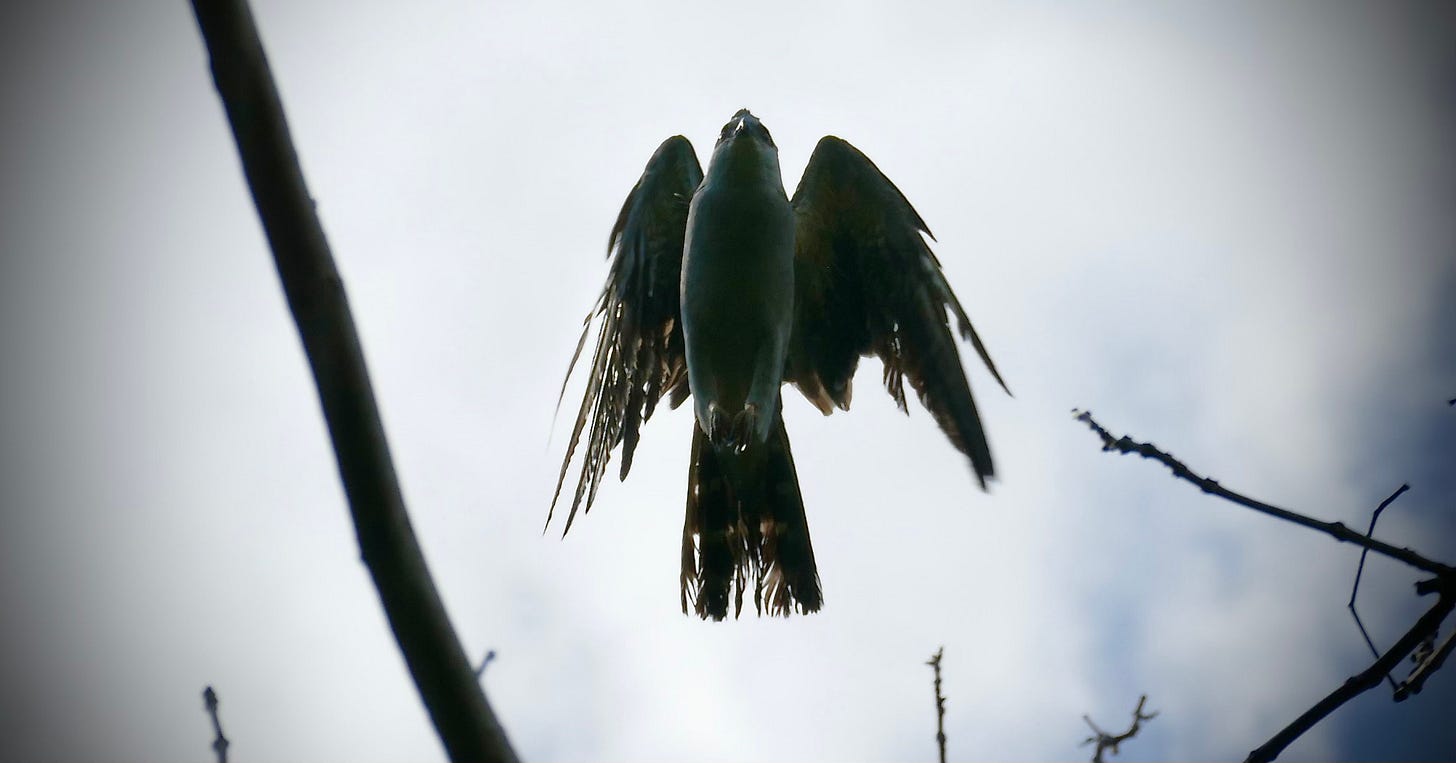
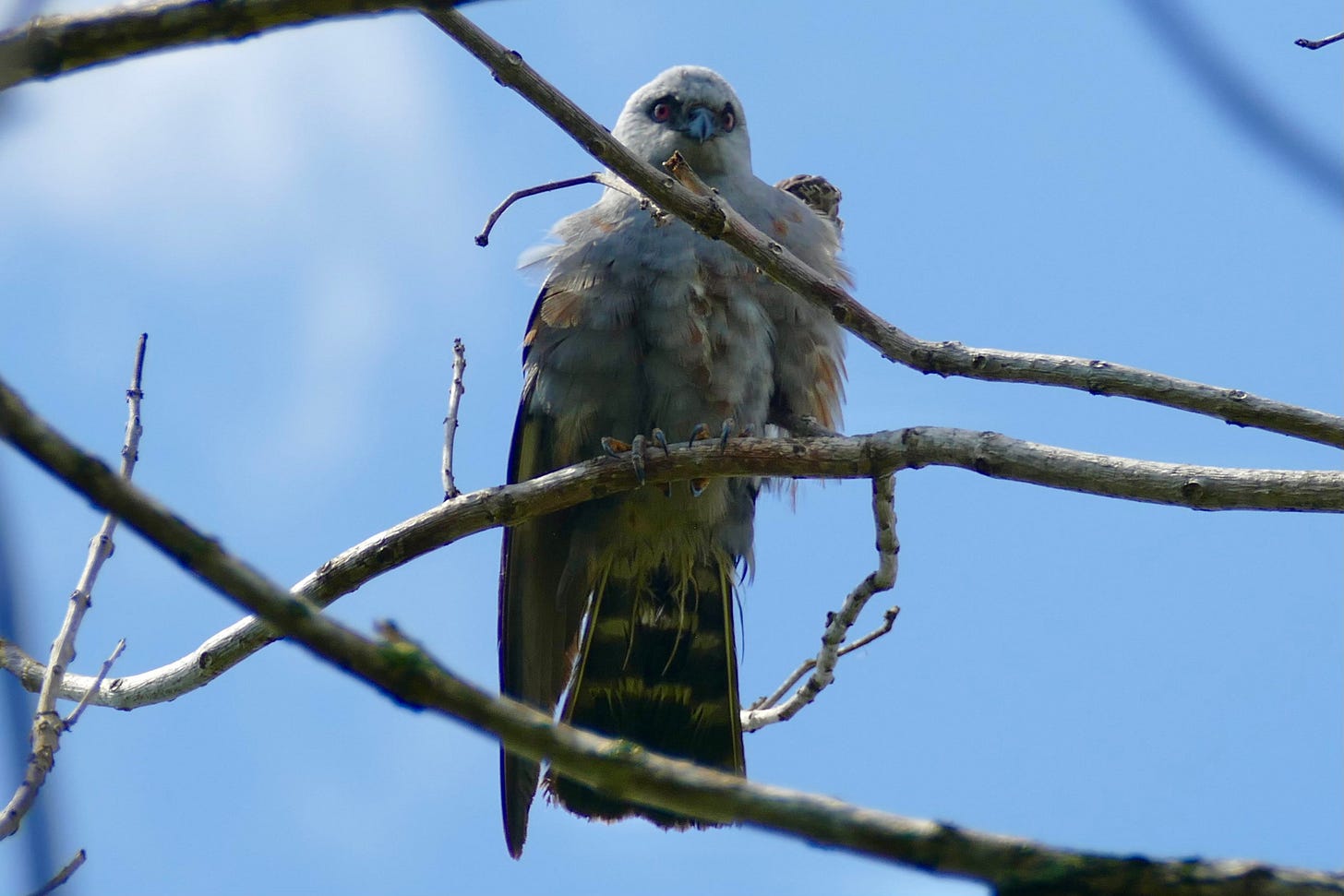
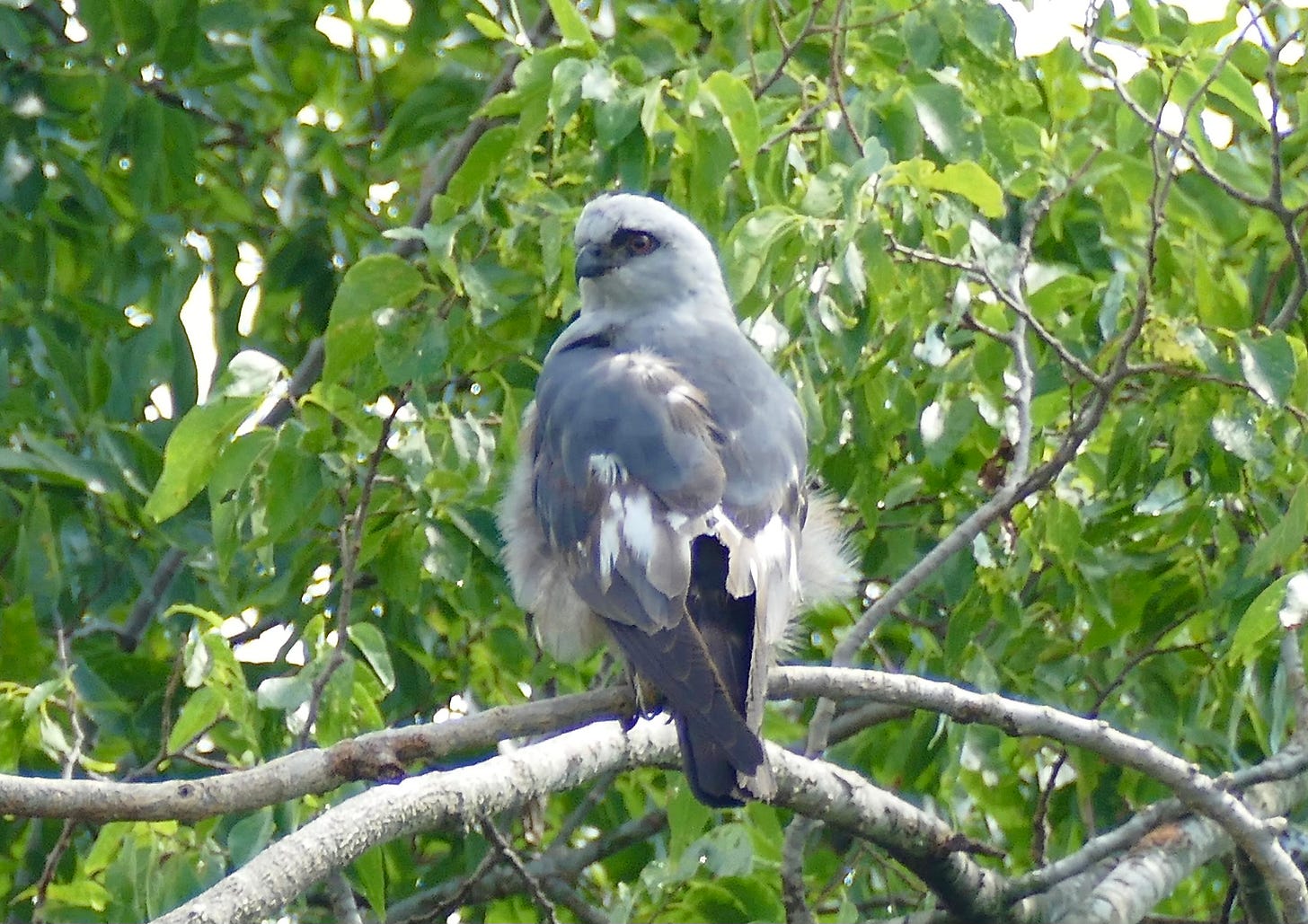
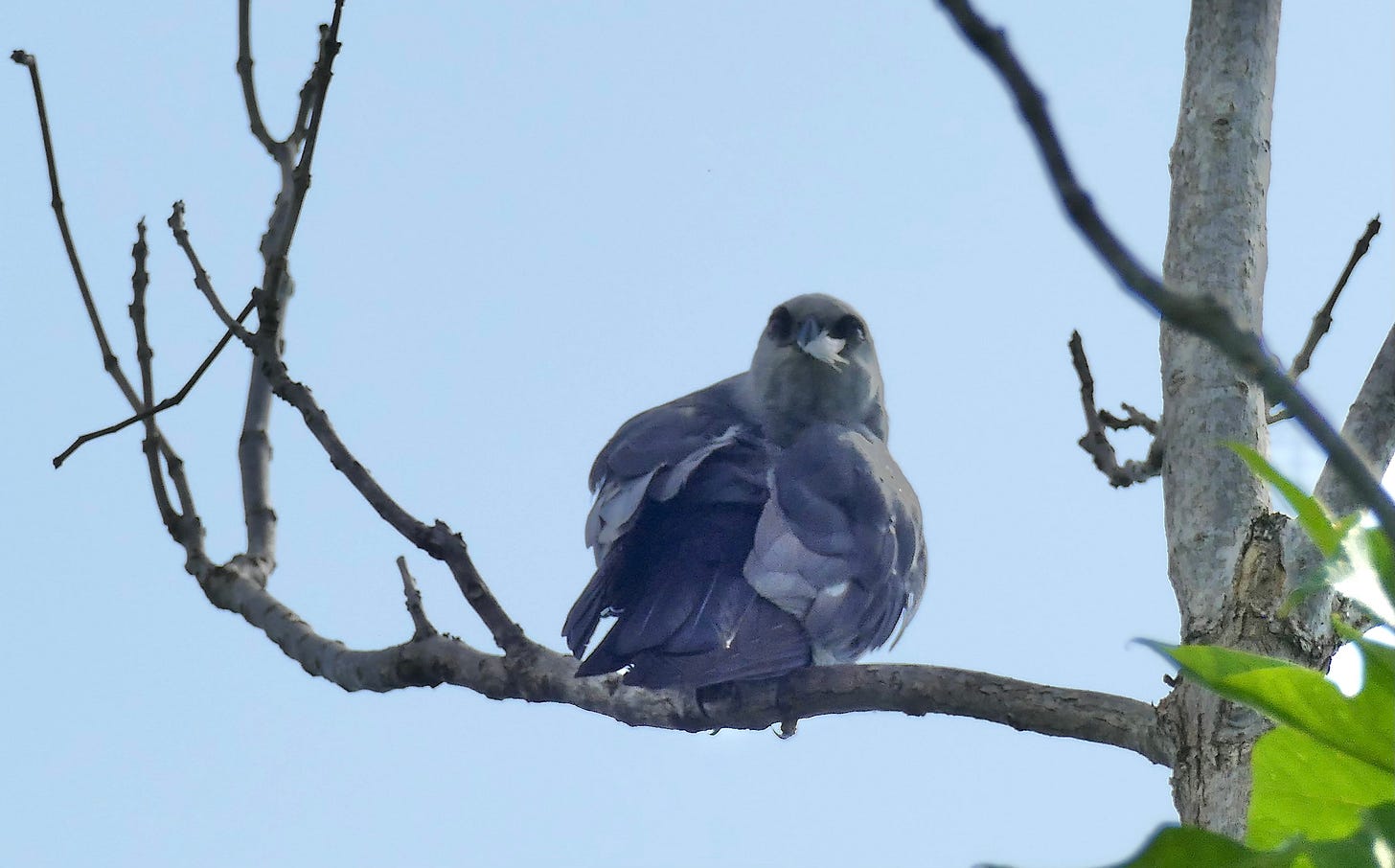
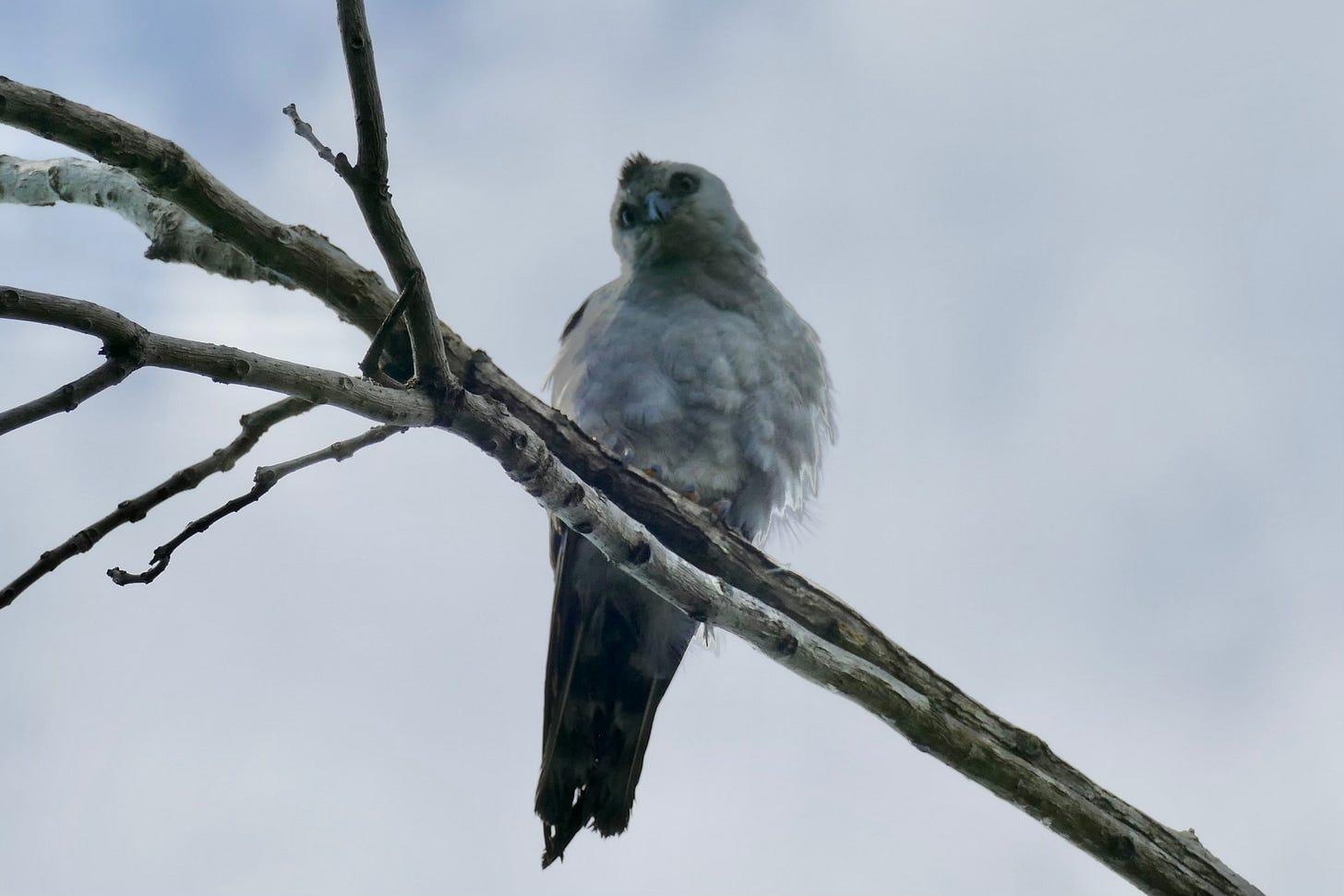

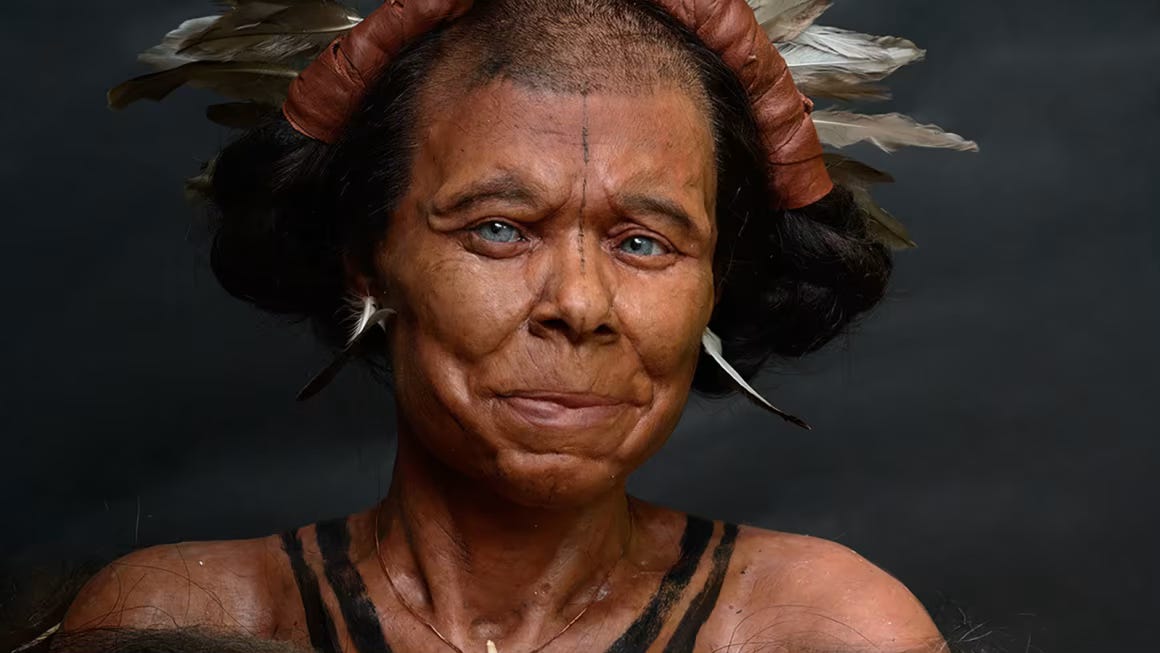
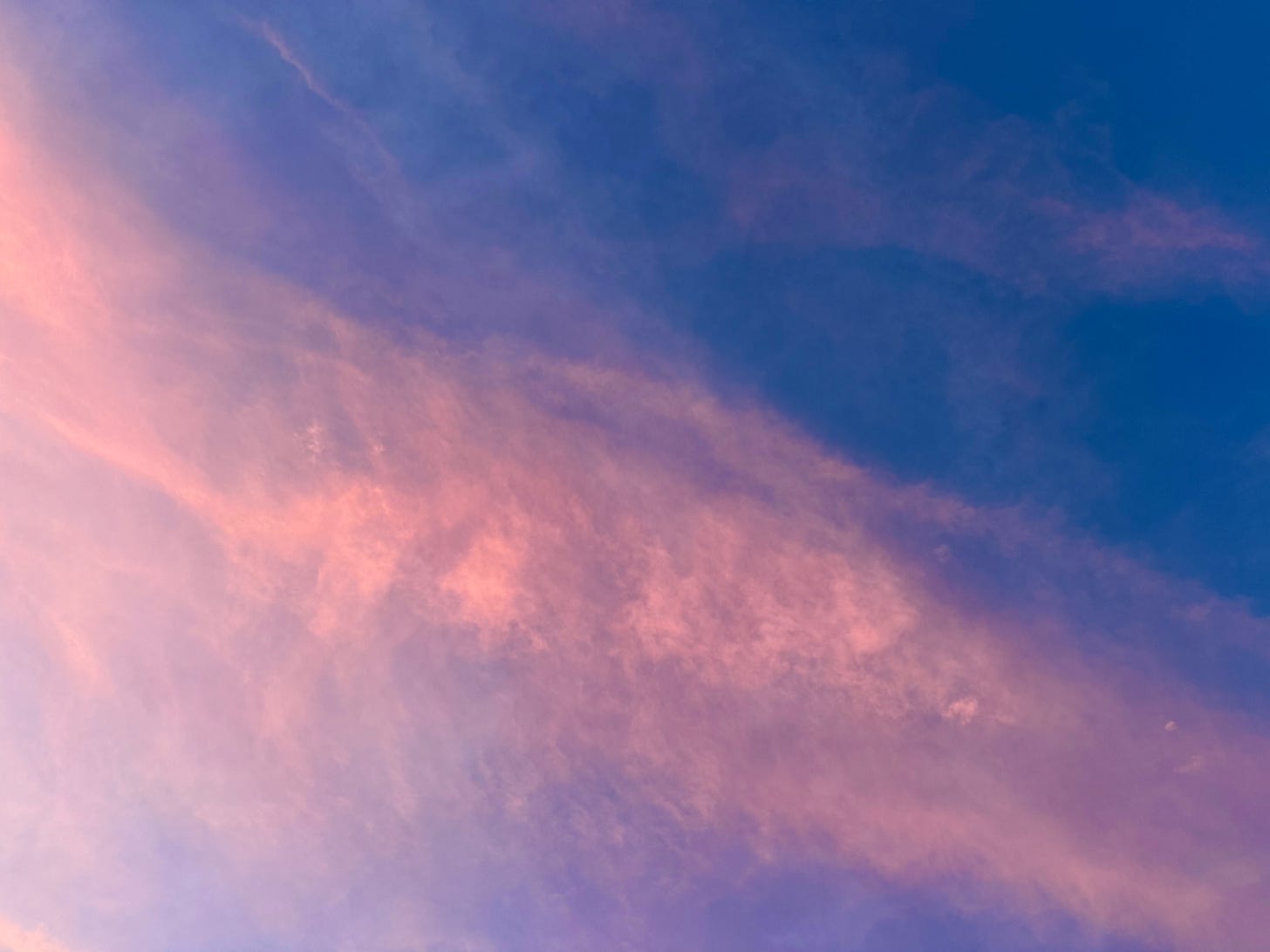
Interesting post and nice homage to your late friend. For at least 2 Summers we have seen kites in our southwest Austin neighborhood (including this morning). And my brother has had them nest in a nearby tree in his Waco yard for the past couple of years.
excellent deep dive into this, our little corridor of the Colorado.
I saw a cicada killer, flying awkwardly but enthusiastically carrying its prey the other day, and laughed out loud.